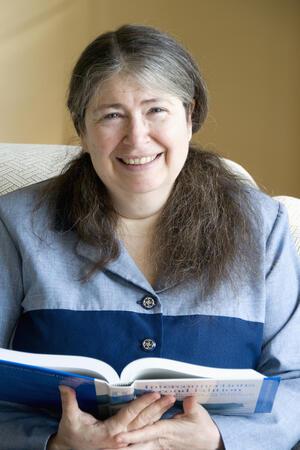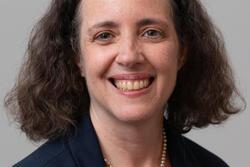Living by Their Own Codes
Women who make history rarely feel the need to adhere to others' narratives—and that goes double for Jewish women. So it's not surprising that when Radia Perlman, architect of many of the routing and bridging protocols that make the modern Internet possible, discusses her childhood, she casually disposes of the standard geek-culture heroic origin story: "I did not fit the stereotype of the 'engineer.' I never took things apart or built a computer out of spare parts." Irene Greif, a fellow computer scientist who brought ethnographers, anthropologists and sociologists into systems design through her field of computer-supported cooperative work, cheerfully admits: "I have a whole history of always choosing marginal roles and in marginal subjects of research and so on for myself." Her work, though, has turned out to be anything but marginal.
Greif and Perlman followed very different career paths—Greif was the first woman to earn a PhD in computer science from MIT and spent ten years doing research there, while Perlman, frustrated with MIT's lack of support for graduate students, left in the middle of her PhD to take the jobs that would lead to some of her most important inventions. (She later returned to complete her degree.) And they take different approaches to women's involvement in computer science: "The kind of diversity that I think really matters isn't skin shade and body shape, but different ways of thinking . . . Pretty much nothing is purely gender-related," says Perlman, while Greif describes herself as "fanatical about making sure women are visible at by-invitation conferences and panel sessions." But what they do share is a commitment to opening the field not just to women but to a wider conception of who a computer scientist is and what computer science is. Greif's life’s work has been "getting a set of people together across disciplines who would look at social systems and computer systems at the same time." Perlman emphasizes that individual variation matters more than gender averages, but even if "a higher percentage of boys than girls dive right in and take things apart when they are young . . . that's not the only type of person that makes a good engineer."
As they recount in interviews for the Atlantic's Women's History Month "Mothers of Invention" series, Greif and Perlman rose through the most traditional avenues of the computing world—MIT, Intel, IBM—by meeting, then exceeding, every standard those institutions set. Indeed, women have been present in computer science as long as it has existed. "Obviously it was possible to have a job in the industry long ago," Perlman points out, "like my mother did in the 1950s." But in the future Greif, Perlman and others like them have made possible, women will help define the new standards of the field. That's women's history.
Read the full interviews:







